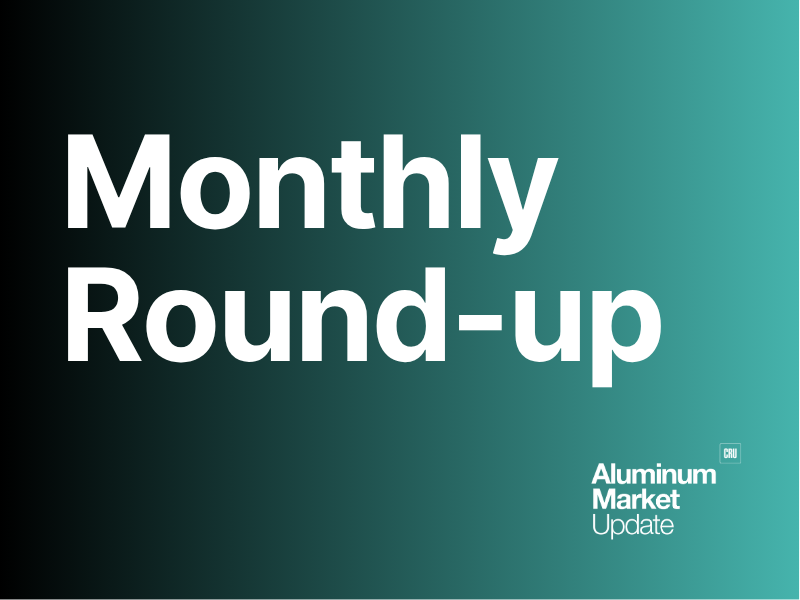Global Trade

June 24, 2025
What the LME’s new lending rule means for U.S. aluminum buyers (Part 1)
Written by Gabriella Vagnini
If you hedge aluminum using the LME or follow it as a price reference for physical transactions, there is a new development worth watching.
The London Metal Exchange has introduced a temporary rule aimed at preventing tightness in front-month contracts. These are situations where one party controls too much of the nearby position, reducing liquidity and driving spreads out of balance. Under the new Front Month Lending Rules, traders who hold more nearby futures than there is physical stock will now be required to sell the front month and buy the next to make carry liquidity available at no premium.
The rule covers multiple base metals, but aluminum is front and center. Total LME aluminum stocks have been falling steadily and recently hit their lowest point since October 2022. With less metal available, the front of the curve can get a lot more sensitive. Prices and spreads can move faster when inventories are tight.
So why should U.S. buyers care?
Because whether you are buying prime, billet, or anything in the recycled stream, chances are your price is tied to the LME in some way. The Midwest premium gets stacked on top of the LME three-month price, and even if you are not trading futures yourself, the LME still sets the tone. It shows up in contract formulas, pricing models, and it shapes how both buyers and sellers manage risk.
When liquidity dries up or spreads get distorted, it can affect more than just financial traders. The impact can reach tollers, extruders, converters, and even buyers of UBCs or sow. Tightness at the LME level has a way of rippling through the chain.
This new rule is the LME’s way of addressing that risk before it turns into another crisis. It is a formal, market-wide policy that targets anyone whose nearby position exceeds available stock. If spreads move out of line, those holders will be required to lend the carry at a flat price until the pressure is relieved.
For now, downstream players should take note. When exchange rules change, it is not just a finance story. It can shape how physical deals are priced and how risk is managed across the market.






